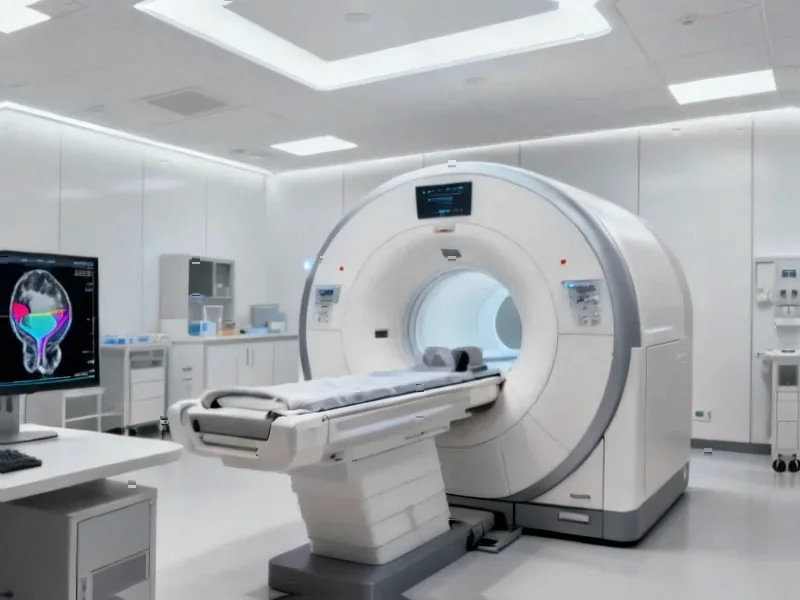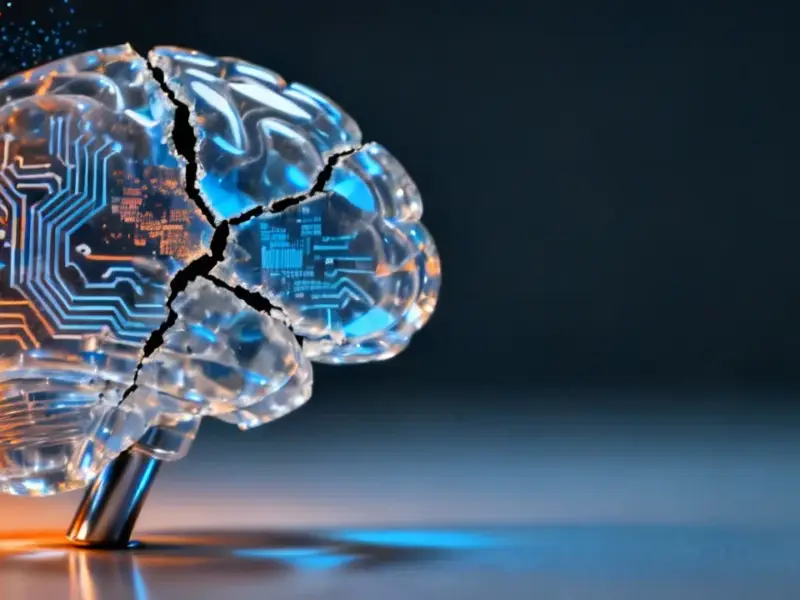According to Innovation News Network, researchers at Oregon Health & Science University’s Knight Cancer Institute have identified how 3D bioprinting, organoids, and organ-on-a-chip technology could revolutionize early cancer detection. The team, led by senior author Luiz Bertassoni, is using advanced bioengineering to create realistic lab models that replicate human cancer environments. These New Approach Methodologies represent a significant shift in the FDA’s move toward human-cell-based systems and away from animal testing. The technology enables scientists to study cancer’s earliest stages, something that’s been nearly impossible until now because patients typically only come to clinics after symptoms appear. This breakthrough could lead to earlier diagnosis and even prediction of cancer initiation, dramatically improving survival rates.
Why This Actually Matters
Here’s the thing about cancer research – we’ve been fighting this battle with one hand tied behind our backs. Scientists have known for decades that early detection is everything, but they’ve had almost no way to study what actually happens when healthy tissue first turns cancerous. Patients don’t walk into clinics with early-stage tumors – they come when something’s already wrong. So we’ve been studying late-stage cancer and trying to work backward, which is like trying to understand a car crash by only examining the wreckage.
These new models change everything. We’re talking about being able to watch cancer develop in real time, to see exactly which cellular changes matter most, and to test interventions before things get out of control. It’s basically giving researchers a time machine to witness the very beginnings of the disease.
The Bigger Shift Happening Here
This isn’t just about cancer detection – it’s part of a massive transformation in how medical research gets done. The FDA’s push toward human-cell-based systems is huge, and these technologies are riding that wave. Animal testing has always been a necessary evil in medical research, but let’s be honest – mice aren’t people. Their biology differs in crucial ways that can make promising treatments fail when they reach human trials.
Now we’re building miniature human organs on chips and growing 3D tissue structures that actually behave like the real thing. The team’s bone-tumor environment chip is particularly interesting because bone metastases are incredibly common in advanced cancers, yet notoriously difficult to study. If we can recreate that environment accurately, we might finally understand why some cancers spread to bone and how to stop them.
What Comes Next
So when will this actually help patients? That’s the billion-dollar question. The research, detailed in Nature’s latest issue, is still in the validation phase. But the momentum Bertassoni mentions is real – we’re seeing cancer biology, engineering, and clinical medicine converging in ways that were science fiction just ten years ago.
The immediate payoff will likely be in biomarker discovery. These models could help identify the biological red flags that signal cancer is developing long before tumors are detectable through current methods. Imagine a blood test that could warn you about pancreatic cancer five years earlier than today’s scans. That’s the kind of game-changing potential we’re talking about.
Still, the road from lab discovery to clinical application is long. These systems need to prove they’re reliable predictors of human biology, and that takes time and validation. But for the first time in a long while, it feels like we’re not just treating cancer better – we’re actually getting smarter about understanding how it starts. And that might be the most important breakthrough of all.




